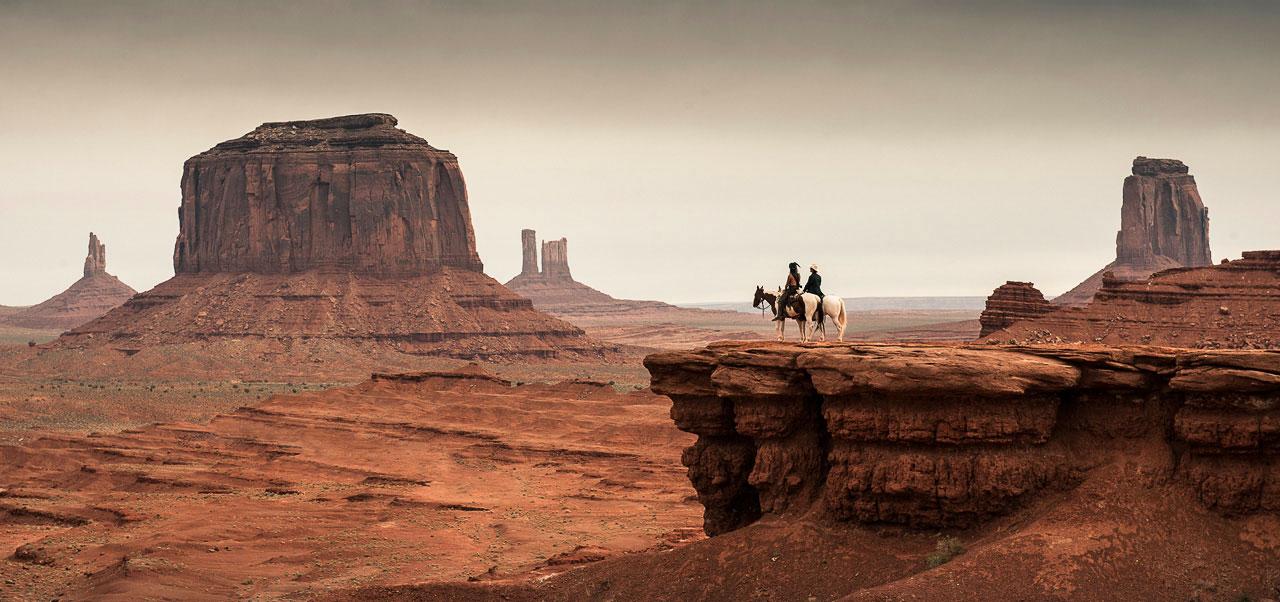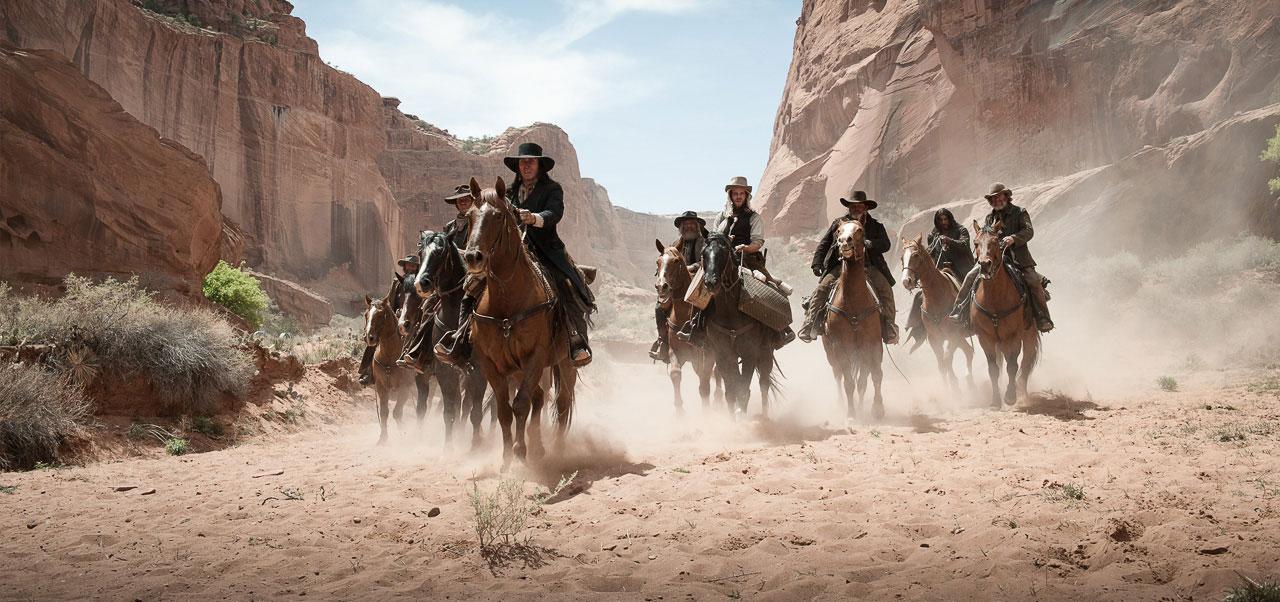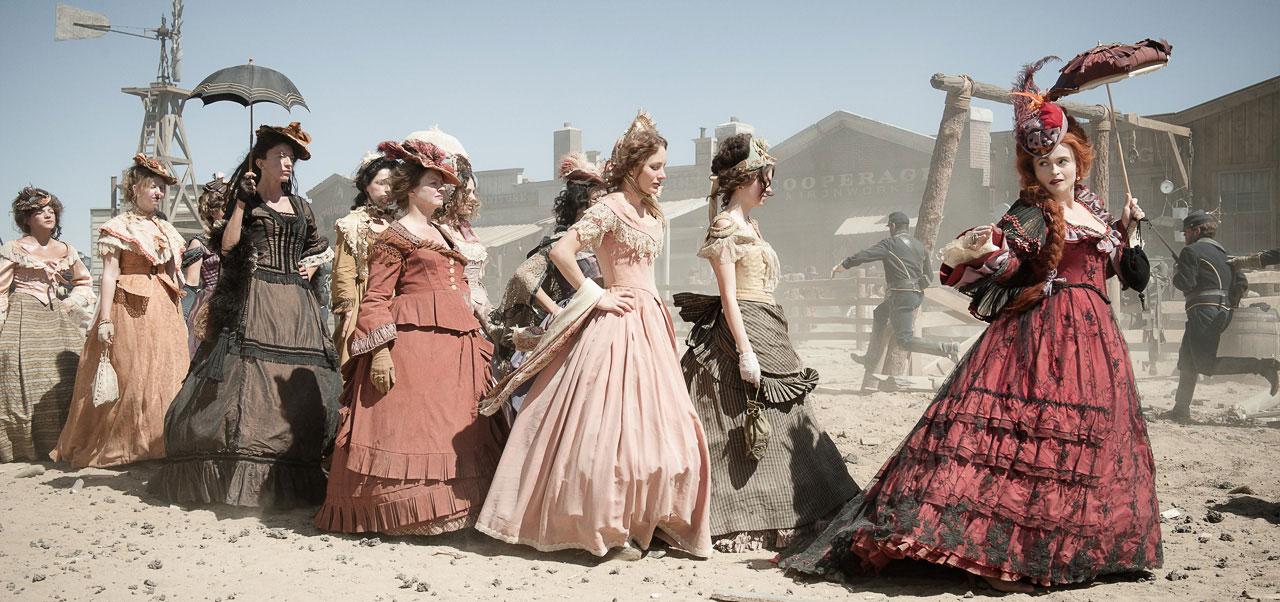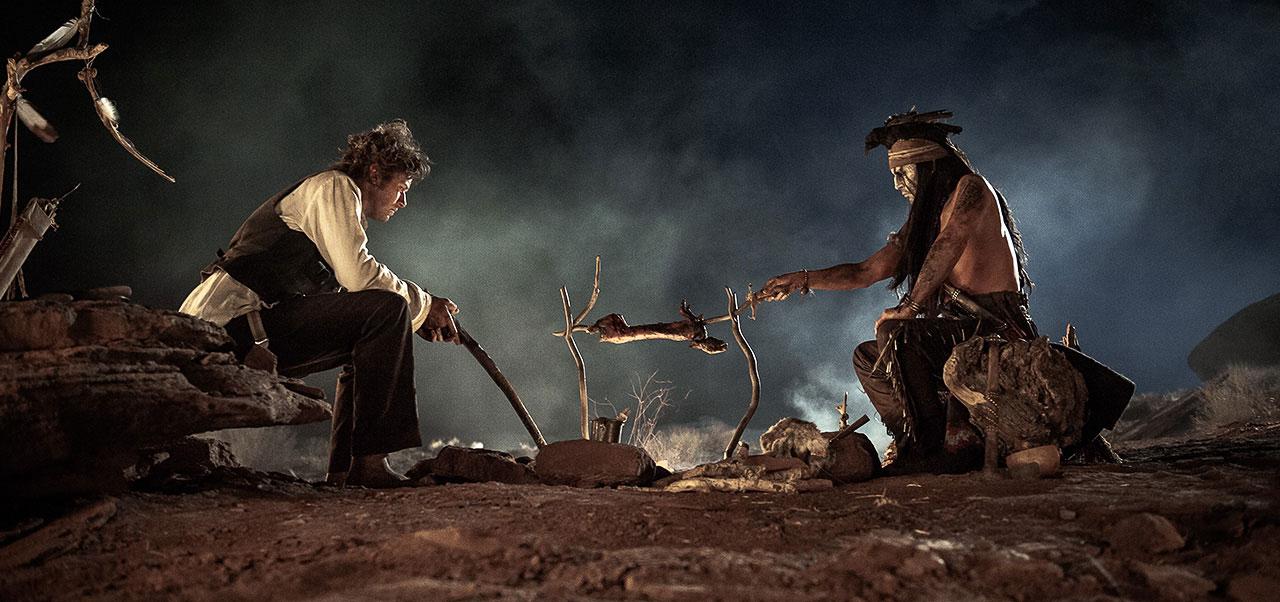No one has ever accused Jerry Bruckheimer of subtlety. His films are big-budget action blockbusters filled with enough explosions to make the sun jealous. If you ever hear a person walk out of a Bruckheimer film and unironically say something like “Wow, that movie was both nuanced and deep,” tag them and release them back into the wild so scientists can study this mutant strain of humanity.
You know what you are going to get with a Bruckheimer film, but you also hope that there will be at least the semblance of a story draped on to the explosive bones of the film. Asking for character development might be a bit ambitious, but you at least expect a competent narrative. When it works, a new franchise is born that could spawn several films. Even if the majority of film critics hate it (looking dead square at you, Transformers), you can see the appeal from the level of spectacle if nothing else. With a film like The Lone Ranger though, it does the one thing a Bruckheimer film should never do: It becomes dull, and therefore forgettable.
… threads of story that lead to nowhere and inexplicable character transformations are just lazy filmmaking.
Make no mistake, there are plenty of explosions in The Lone Ranger. If for some weird reason you have a burning hatred of trains, like you just despise the 19th century’s most important form of travel and want to see them destroyed out of spite, then maybe this is the film for you. There are plenty of shootouts, jokes, plot holes, tedium, and a fairly pathetic attempt to add depth to the film via the plight of the Comanche that comes across as almost insultingly dumb.
The Lone Ranger attempts to capture the success of The Pirates of the Caribbean by reteaming Bruckheimer, director Gore Verbinski, and Johnny Depp. That’s a proven formula, after all. You have a corrupt bad guy in power, a loathsome enemy, a man out of his element that becomes a hero, and Johnny Depp being weird. It should all work, but there is just nothing to invest in.
Rather than the blue oceans of the Caribbean, the setting is the dusty trails and rocky plateaus of the Wild West in the late 19th century. John Reid (The Social Network’s Armie Hammer) is returning home to Colby, Texas to take the office of district prosecutor after spending years away training to be a lawyer. On the homeward bound train along with John are the outlaw Butch Cavendish (William Fichtner), a murderer and cannibal, and the Comanche Tonto (Johnny Depp).
In short order, Cavendish escapes, John is deputized by his doomed brother, and he subsequently becomes the last Ranger. He then learns of a nefarious plot involving government corruption led by railroadman Latham Cole (Tom Wilkinson) and Cavalry Captain Jay Fuller (Barry Pepper), and becomes a hero with the unwilling help of Tonto, who himself is after Cavendish for revenge. It is a simple and almost generic story, which makes the massive holes in it stand out.
Hammer does a decent job with an uneven character, and he is almost certainly headed for A-list status. The filmmakers said they were looking for a young Jimmy Stewart type, and he can fill that role with ease. He has a natural charisma and a genuine likability, a pair of traits that the film relies heavily on as the character stumbles through the plot.
Although Hammer gives the character some life, John Reid is both a central problem with the film and an example of its bigger issues. John refuses to use a gun at first, claiming he hasn’t fired one since childhood. He also has a previous relationship with his sister-in-law Rebecca (Luther’s talented and badly underutilized Ruth Wilson). Neither are expanded upon, and like so many things in the movie, the filmmakers seem to expect you to be fine with filling in the blanks for yourself. It’s almost like the movie recognizes its own shallowness, and just wants you to roll with it.
This sets the stage for an unearned, unbelievable transformation from bumbling do-gooder to superhero. John learns a few truths that shatter his naivety, and somehow the insight also grants him incredible powers. One moment he is fumbling with a gun, the next he is riding a horse through a crowded train car, engaging in a heated gunfight with someone in a passing train. That makes the inevitable payoff hollow and almost pointless, leaving you with the feeling that you’ve just seen a paint-by-numbers film that is driven along by recycled action that has no real spark of creativity behind it.
Despite his offensively stereotypical speech patterns and the occasional tribal dance, the veteran actor handles the role with a modicum of respect…
The inherent shallowness of the writing shows up in every other character as well: The bad guys are very bad, the love interest is lovely, the unnecessary kid is unnecessary (but naturally helps save the day). It all plays out in a predictable fashion, but it lacks the good-natured humor and the ease that you’d expect from a movie like this.
This lazy attitude also drifts into the technical side of things as well. The desert scenery associated with the Wild West isn’t an easy thing to film with much style. It can be done, and done well, but The Lone Ranger is often dominated by drab colors and dusty locales, which is especially odd for a film so focused on the visceral experience. The music also yields to the unnecessary pull of history, with the original TV and radio show’s theme – the Overture of William Tell – playing at the start of the final confrontation, and continuing throughout over several minutes. It becomes a distraction, and lends a bizarre tone to the final fight.
Conclusion
The Lone Ranger isn’t offensively bad (except maybe to Native Americans), but it is dull and forgettable. Expecting your audience to overlook a few plot points is one thing, but threads of story that lead to nowhere and inexplicable character transformations are just lazy filmmaking. The movie is also much longer than it needs to be, which is odd considering how little backstory and substance there is.
The Lone Ranger proves that you need more than a formula to succeed; you need a spark of creativity. That is absent here. There cast manages to keep the film afloat, but only barely. Verbinski and Bruckheimer attempted to stick with a proven formula, hoping to recapture the success of the Pirates franchise. Instead they proved you need more than a formula. You need heart.
(Images and video © Disney. All Rights Reserved.)






